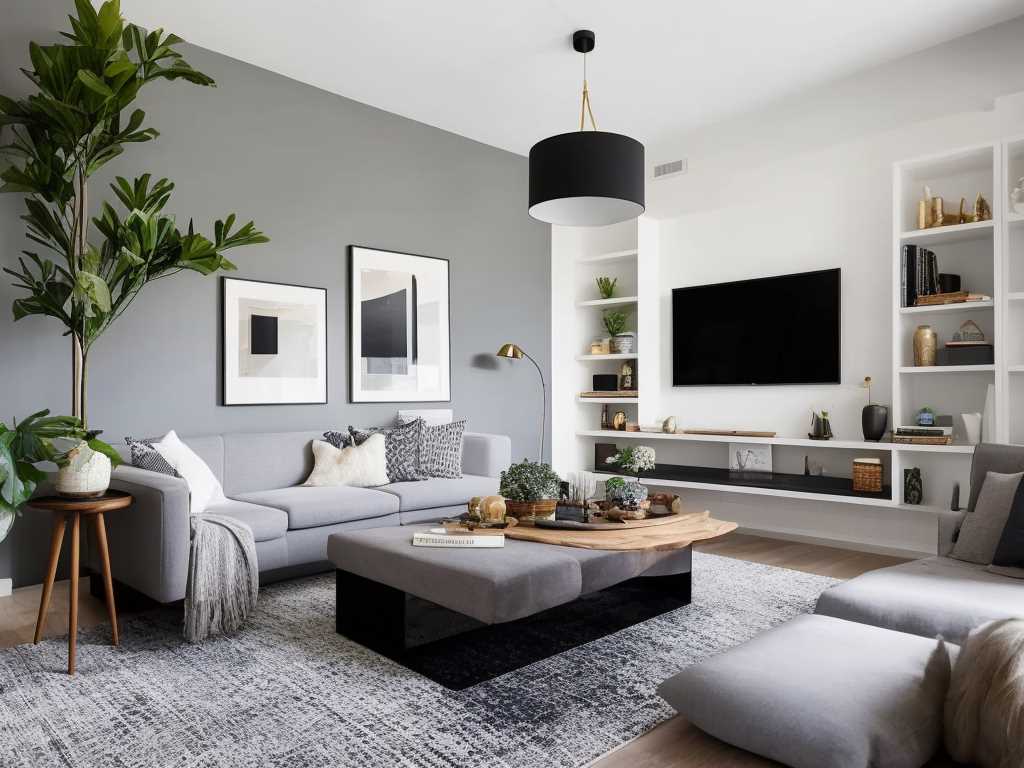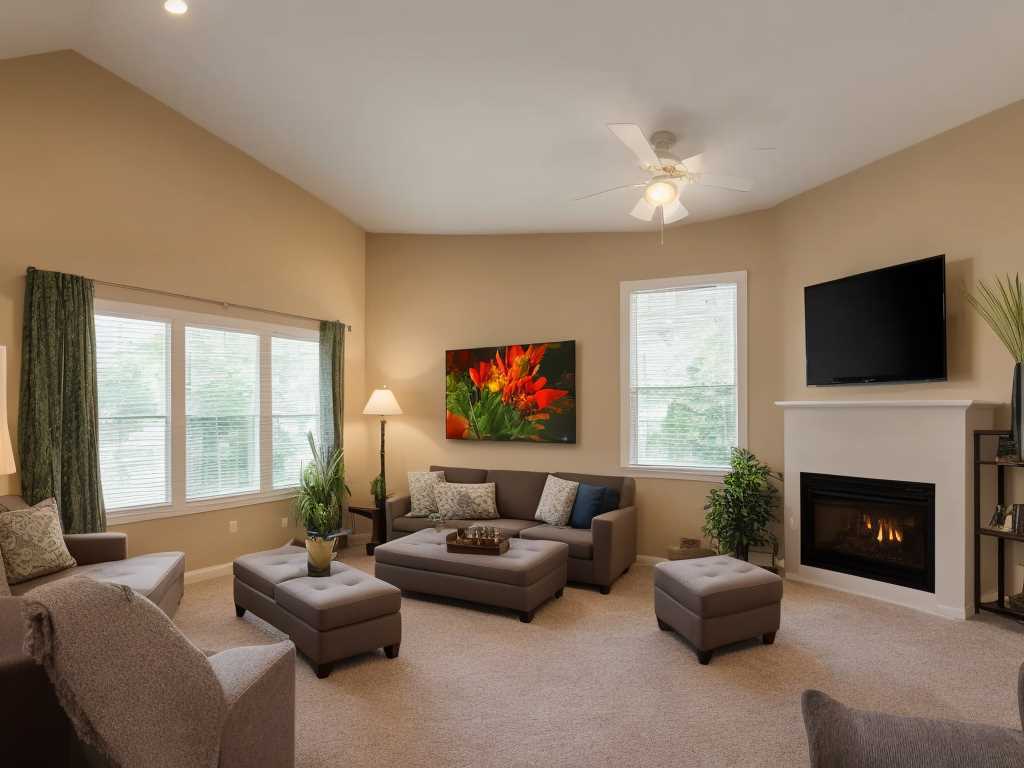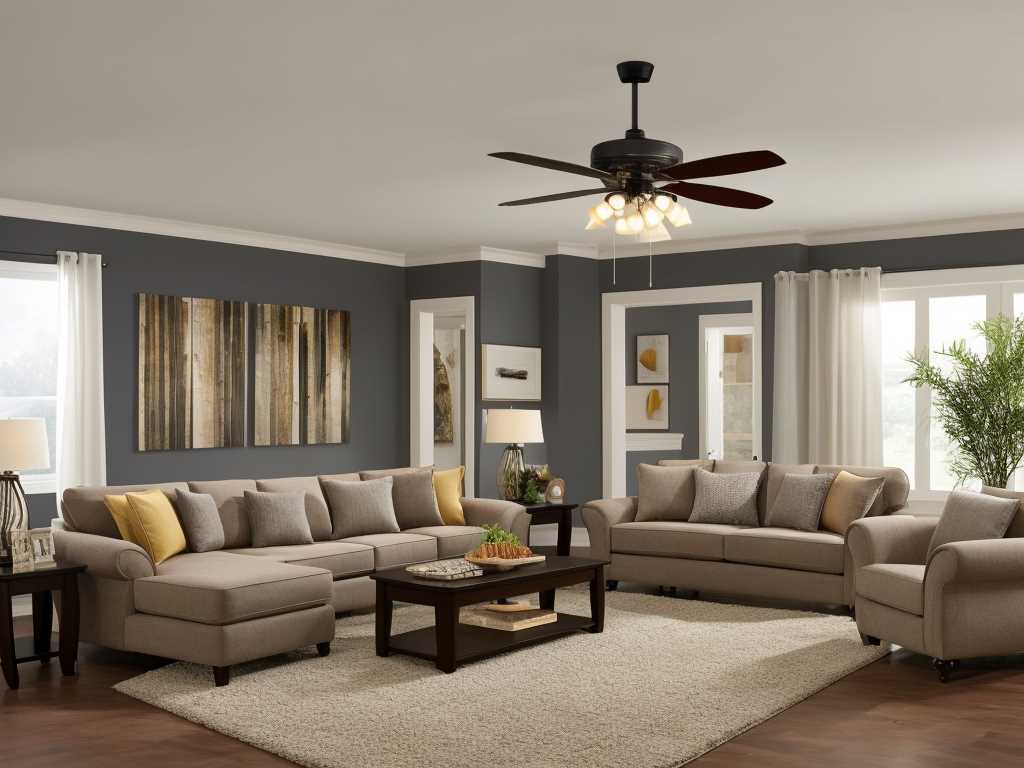
The living room is often the heart of a home, where family and friends gather to relax and spend time together. And while having windows in the living room can add natural light and beauty to the space, it can also present a challenge when it comes to where to put the TV. With the right placement and setup, however, it is possible to enjoy both the view and the entertainment.
The first step in determining where to put the TV in a living room with windows is to consider the layout of the room. The size and shape of the room, the location of doors and windows, and the placement of furniture all play a role in determining the best spot for the TV. One option is to place the TV on a wall opposite the windows. This allows for a clear view of the screen without any glare from the windows. However, this may not be practical if there are other pieces of furniture in the room that would obstruct the view.
Another option is to place the TV on a wall adjacent to the windows. This can be a good choice if the windows are on either side of the TV, as it allows for a clear view of both the screen and the outside scenery. If the windows are only on one side of the TV, however, there may be issues with glare and reflections on the screen. In this case, it may be necessary to use curtains or blinds to control the amount of light entering the room.

One important consideration when placing a TV in a living room with windows is the height of the TV. The optimal height for a TV is at eye level when seated, which is usually around 42 inches from the floor. However, if the TV is placed too high, it can cause neck strain and discomfort when viewing for long periods of time. If the TV is placed too low, it can also be uncomfortable and may require rearranging furniture to ensure an unobstructed view.
When it comes to the type of TV to use in a living room with windows, there are several options to consider. An LED TV is a popular choice for its brightness and clarity, which can help reduce glare and reflections from the windows. Plasma TVs, on the other hand, are more susceptible to glare and may not be the best option for a room with windows. OLED TVs are also a good choice, as they have a wider viewing angle and better contrast than LED TVs.
In addition to the placement and type of TV, there are also other factors to consider when setting up a living room with windows. One important factor is lighting. Natural light can be a great asset to a living room, but it can also cause glare and reflections on the TV screen. To combat this, it is important to use curtains or blinds to control the amount of light entering the room. It may also be necessary to use lamps or other lighting sources to balance the natural light and ensure a comfortable viewing experience.

Another consideration is the use of sound. A living room with windows can present challenges when it comes to sound quality, as the natural acoustics of the space can affect the sound from the TV. To combat this, it may be necessary to use sound-absorbing materials such as rugs or curtains to reduce echoes and improve sound quality.
Ultimately, the best place to put a TV in a living room with windows will depend on the unique layout and design of the space, as well as the personal preferences of the homeowner. By considering factors such as the placement of furniture, the type of TV, and the use of lighting and sound, it is possible to create a comfortable and enjoyable viewing experience that takes full advantage of the natural beauty of the space.


